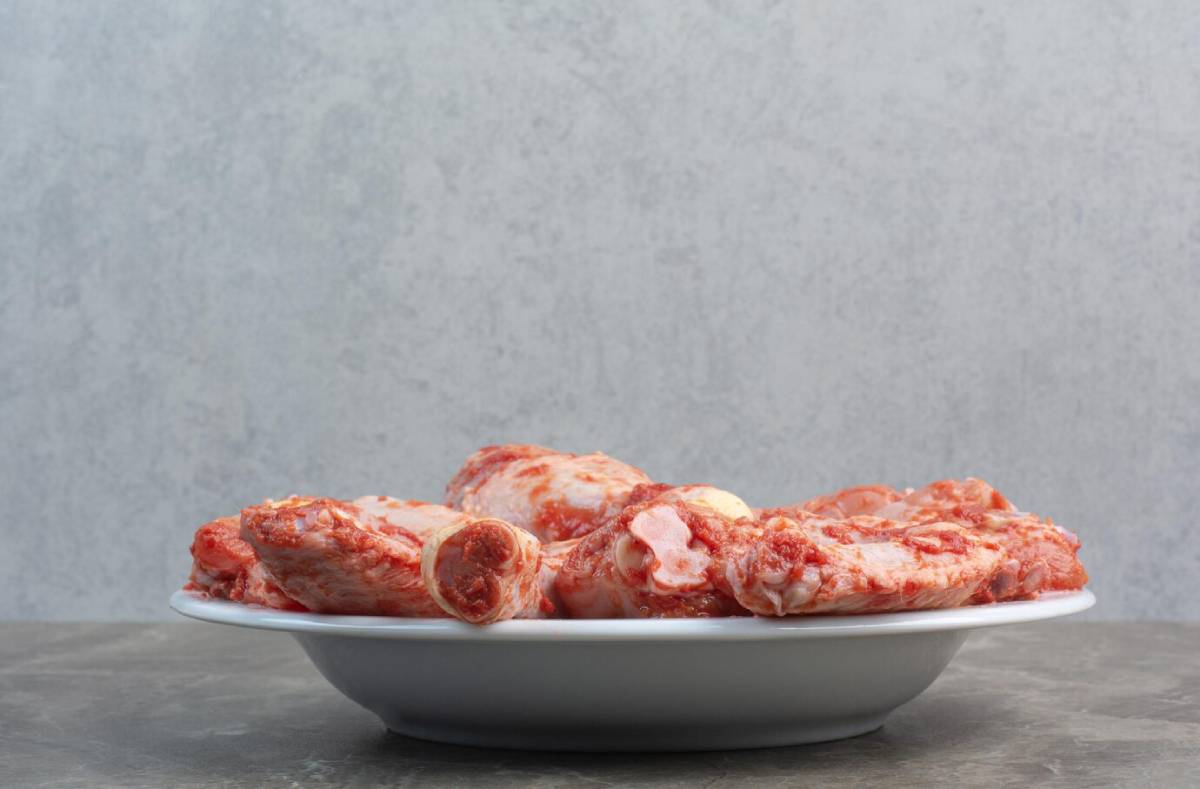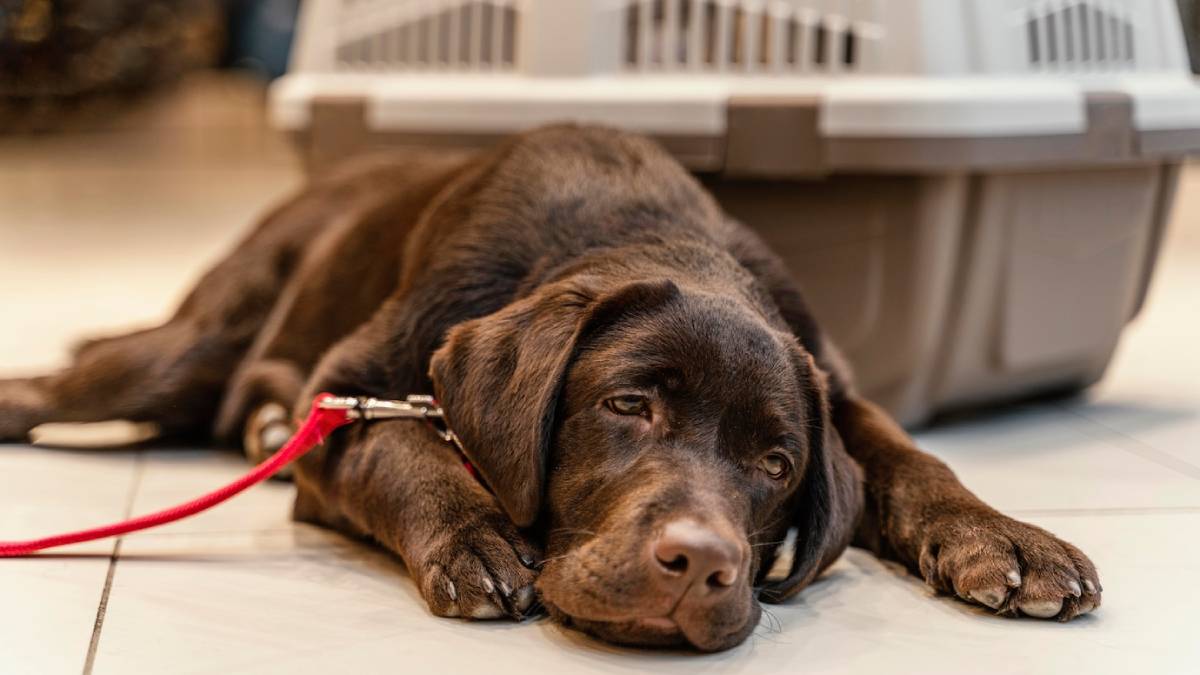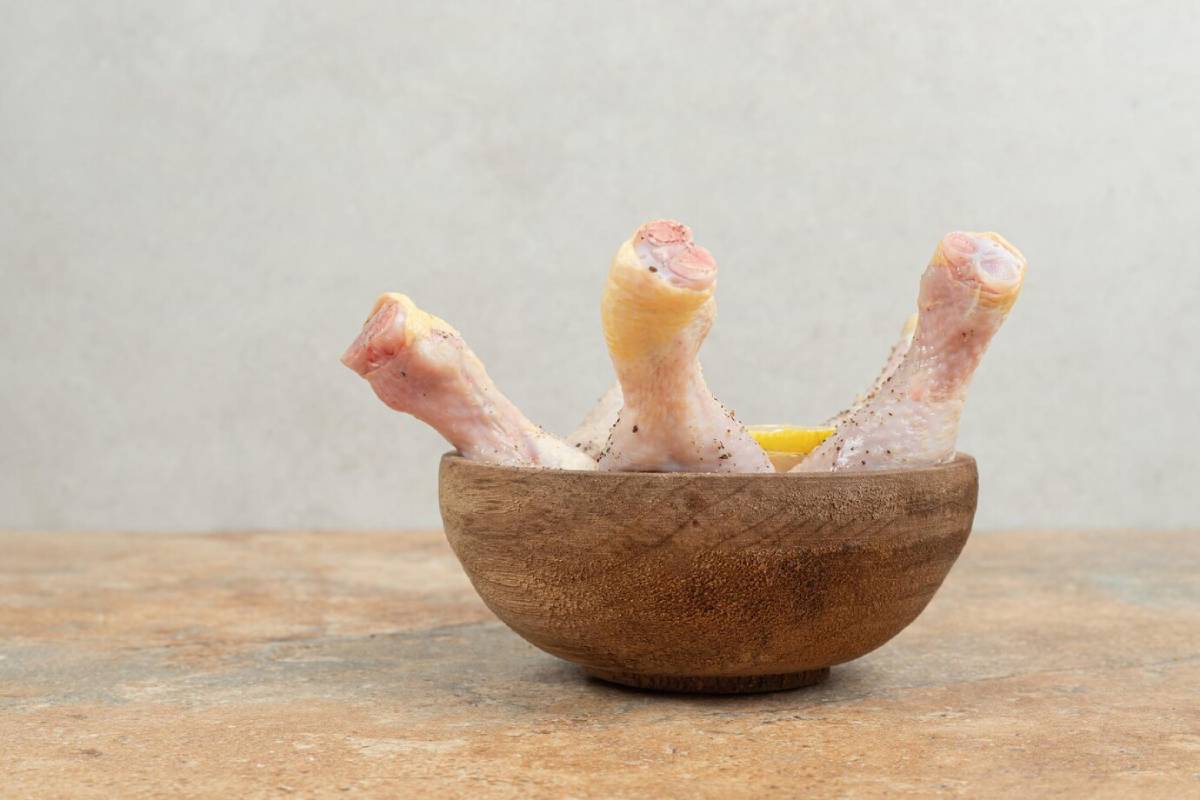
Raw Feeding 101: Safe Practices for Beginners
Ever looked at your dog’s bowl and wondered if there’s a better way to nourish your furry friend? You’re not alone. More and more pet owners are swapping processed kibble for the raw dog food diet — often called BARF (Biologically Appropriate Raw Food or Bones and Raw Food). Why? Because they’re after shinier coats, stronger immune systems, better digestion, and even fresher breath for their dogs.
But while the benefits sound appealing, diving into raw feeding without proper guidance can be overwhelming — even risky. Questions like “Is raw meat safe for dogs?” or “How do I balance nutrients?” are completely valid. The good news is: with the right information and safe practices, raw feeding can become a sustainable, rewarding way to care for your pup.
In this beginner-friendly BARF feeding guide, we’ll walk you through everything you need to know to get started — from choosing safe raw meat for dogs to avoiding common mistakes and ensuring balanced nutrition.
What Is Raw Feeding? Understanding the Basics
BARF vs. Raw — What’s the Difference?
Let’s clarify: While both terms are often used interchangeably, BARF feeding has a specific philosophy. It emphasises not just raw meat, but also bones, offal, fruits, and vegetables, aiming to mirror what a dog might eat in the wild.
In contrast, a more general raw dog food diet might include raw meats but not necessarily follow the same balance of components.
Common Components of a Raw Diet:

- Muscle meat (e.g. beef, lamb, chicken)
- Raw meaty bones (RMBS) for calcium and dental health
- Organ meat (like liver, kidney) is crucial for micronutrients.
- Vegetables and fruit (optional, but can provide fibre and antioxidants)
- Supplements (omega-3, vitamin E, kelp, depending on your dog’s needs)
The Pros and Cons of Raw Feeding
Benefits Reported by Pet Owners:
- Improved coat condition – shinier and softer fur
- Better dental health – fewer tartar issues thanks to bone chewing
- Smaller, less smelly stools – due to better digestion
- Increased energy and vitality
- Reduced allergy symptoms in some dogs
Risks to Consider:
- Bacterial contamination, especially from unsafe meat handling
- Nutritional imbalances – if not properly planned
- Choking hazards – particularly with bones that are too hard or cut incorrectly
That’s why learning safe practices for raw feeding is essential before getting started.
Starting the Raw Dog Food Diet: First Steps for Beginners
1. Know Your Dog’s Nutritional Needs
Dogs need a proper balance of:
- Protein (muscle meat, eggs, fish)
- Fat (animal fat, fish oils)
- Calcium (raw bones or ground bone)
- Vitamins and minerals (especially from organ meats and leafy greens)
A good rule of thumb for adult dogs: 80% meat, 10% bone, 5% liver, 5% other organs. Puppies and senior dogs may need tailored adjustments — always consult your vet or a canine nutritionist.
2. Choose Safe Raw Meats for Dogs
Not all meats are created equal. Safety and sourcing matter.
Safe meats for beginners:
- Chicken (bone-in or boneless)
- Beef (lean cuts, ground or cubed)
- Lamb (great for protein variety)
- Turkey (watch the bone size!)
Avoid:
- Pork (unless frozen for 3+ weeks to kill parasites)
- Raw fish (can contain thiaminase or parasites)
- Cooked bones (they splinter and can injure your dog)
Pro Tip: Look for human-grade meat and freeze it for at least 3 days before feeding — this reduces parasite risk.
3. Handle Raw Food Hygienically

You wouldn’t serve your family undercooked chicken — treat your dog’s food prep with the same care:
- Wash your hands before and after handling meat
- Use separate chopping boards and utensils
- Store meat at appropriate fridge/freezer temperatures
- Clean food bowls thoroughly after every meal
Anecdotally, one dog mum, Rachel from Devon, shared how switching to raw feeding cleared up her Lab’s chronic skin issues — but she emphasised how “the key was learning to treat dog food prep just like family meal prep.”
Avoiding Common Raw Feeding Mistakes
Mistake 1: Feeding Too Much Bone
Dogs need calcium, but too much bone can cause constipation or nutrient imbalance. Stick to the 10% rule, and monitor your dog’s stools (yes, seriously — they tell you a lot).
Mistake 2: Skipping Organs
Organs are a nutrient powerhouse. Liver, for instance, is rich in vitamin A, but too much can be toxic. Moderation and variety are vital.
Mistake 3: Jumping In Too Fast
Switching from kibble to raw should be gradual, typically over 7–10 days. Start with a simple protein like chicken, then introduce new meats one at a time.
Supplementing the Raw Diet (If Needed)
While a well-balanced raw diet can meet most nutritional needs, some dogs may benefit from added support:
- Fish oil (omega-3s) – for joint and heart health
- Probiotics – especially during the transition period
- Kelp or seaweed powder – for iodine
- Eggs (raw or cooked) – complete proteins with biotin
Always use supplements that are specifically made for dogs and avoid human-grade tablets unless approved by your vet.
Meal Planning: Example BARF Feeding Guide for a Week
Here’s a simple weekly structure for a 25kg active adult dog (adjust quantities based on your dog’s size and activity level):
Day Meat Bone Organ Veg & Fruit Notes Mon Chicken thigh Bone-in Liver Carrot puree Start simple Tue Beef mince None Kidney Apple slices Add variety Wed Turkey neck Bone-in Liver Kale (steamed) Boost iron Thu Lamb chunks Rib bones Spleen Pumpkin mash Digestive aid Fri Chicken Bone-in Liver Broccoli Raw or lightly steamed Sat Fish (cooked) Eggshell powder Liver Blueberries Antioxidants Sun Beef Bone-in Mixed organs No veg Simpler day
Important: Always supervise meals that include bones.
When to Consult a Vet or Pet Nutritionist
Before making a dietary switch, especially if your dog has existing conditions (like kidney issues or pancreatitis), speak to your vet. Ideally, find a professional who’s supportive of raw feeding — they can help you avoid common pitfalls and ensure your dog’s long-term well-being.
Look for an RCVS-registered vet or a qualified pet nutritionist with experience in raw diets.
Is Raw Feeding Right for You and Your Dog?
Raw feeding isn’t just a trend — it’s a commitment to giving your dog a diet that’s closer to nature. But like any major change, it comes with a learning curve. From picking safe raw meat for dogs to mastering balanced BARF feeding, there’s a lot to take in. The good news? Once you’ve got the basics down, raw feeding can be a deeply rewarding way to support your dog’s health.
Take it slow. Ask questions. Monitor your dog’s reactions. And remember — no one knows your dog better than you do.
Ready to Make the Switch?

If you found this BARF feeding guide helpful, share it with other dog parents in your circle. Have questions or want to swap raw feeding tips? Drop a comment below — we’d love to hear your story! You can also subscribe to more pet nutrition insights, raw recipes, and feeding plans tailored to your pup’s needs.
Because at the end of the day, feeding your dog well isn’t just about food — it’s an act of love.


